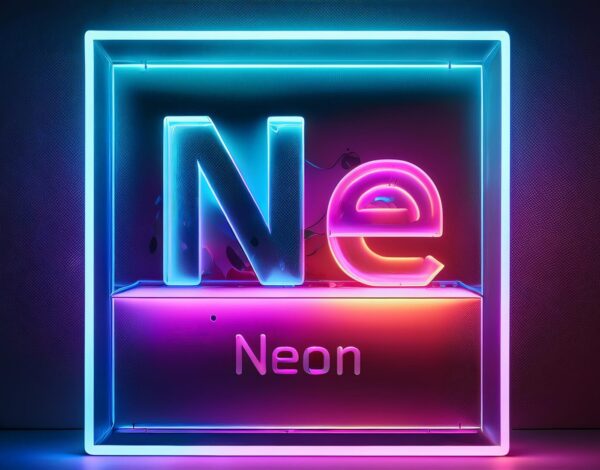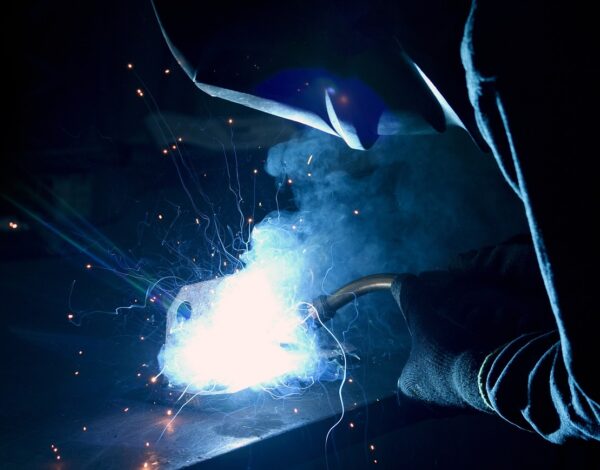

Fire Extinguisher Maintenance: Stay Safe and Compliant
A fire extinguisher is like car insurance – you don’t think about it until you need it. Routine maintenance of fire extinguishers often gets put on the back burner, but keeping a regular schedule maintains compliance, keeps employees safe, and prevents costly damage. During an emergency is not the time to find out your equipment needs to be replaced or repaired.
Regular Maintenance should include a thorough examination of the cylinder inside and out. The extinguishing agent should be refilled, if necessary, and tested to ensure that it is expelling safely and effectively. Hydrostatic testing, which is a type of internal/external testing, should be performed on wet chemical and carbon dioxide extinguishers every six years and on dry chemical extinguishers every 12 years. There are four classes and six types of fire extinguishers. Each one is designed to extinguish a different type of fire, using different materials.
Classes of Fire Extinguishers
The four classes of fire extinguishers are A, B, C, and D.
- Class A extinguishers will put out fires in ordinary combustibles including wood, cloth, rubber, paper, as well as many plastic materials.
- Class B extinguishers are used on flammable liquids like grease, gasoline, solvents, lacquers, alcohol, oils, and other similar substances.
- Class C extinguishers are suitable for use only on electrically energized equipment fires.
- Class D extinguishers are designed for use on flammable metallic substances like potassium and sodium.
Types of Fire Extinguishers
The six types of fire extinguishers are ABC Powder, CO2, Wet Chemical, Water Mist, Foam, and Clean Agent.
- ABC Powder: As a multi-purpose extinguisher, ABC powder fire extinguishers are commonly used in households and businesses. It is safer than water, does not conduct electricity, and is ideal for gas and liquid-fueled fires. The name itself means that it works best to extinguish all A, B, and C fires.
- CO2: Some extinguishers leave a mess, but CO2 fire extinguishers get the job done with little to no residue. The elimination of cleanup is ideal if electrical equipment catches fire, making it a solid choice for class B and C fires.
- Wet Chemical: These extinguishers attack class A fires the best, particularly in industrial kitchens and cafeterias. With any fire, there is always a chance of reignition. Wet chemical fire extinguishers seal burning surfaces with a thick chemical foam made of potassium compound.
- Water Mist: This is the most diverse fire extinguisher in terms of usage, as it covers all but class D (metallic) fires. Water is spewed in microscopic droplets, decreasing oxygen, cooling the fire, and removing the minerals of the fuel. Water mist extinguishers do not conduct electricity, making them safe even for combatting class C electrical fires.
- Foam: Another common, but less versatile extinguisher is the foam fire extinguisher, which covers class A and B fires. The foam is mixed with water, acting as a cooling agent that suffocates the flames. It is ideal for fires fueled by flammable liquids and combustible materials.
- Clean Agent: These fire extinguishers are considered gaseous fire suppressors. They are stored in cylinders as liquids, but become gaseous when they encounter air. Gas (halon) particles do not remain in the atmosphere for long, therefore they are eco and human-friendly. They are non-conductive fire extinguishers and leave behind no residue. They are ideal options for class B and C fires.
Why a Fire Extinguisher Might Fail
After you purchase a new fire extinguisher, you expect it to be fully functioning when you need it. Especially, if it remains unused. However, fire extinguishers do fail, if not properly maintained. These are a few reasons you might find your equipment needs to be replaced or repaired.
- Corrosion – The extinguisher cylinder is manufactured from steel or aluminum, designed to withstand the internal forces of the pressurizing gas. Over time, this metal may begin to corrode or deteriorate from stress and compromise the structural integrity of the cylinder.
- Tampering – If your fire extinguishers are in public view, it’s possible that they have been tampered with. Tampering can include removing the head-cap seal or the locking pin, loosening the hose, discharging some of the contents, or moving the extinguisher away from its designated point.
- Blockages – The hose on your fire extinguisher can build up with debris and other blockages, which can cause obstructions.
- Leaks – If the extinguisher’s weight has dropped over 10%, it’s a clear indication of a leak. If your fire extinguisher has a leak, it needs to be quickly addressed, as it will not perform properly.
- General Wear – Over time, the maintenance label on the extinguishers will fade. Important information, such as extinguisher type/class or instructions for use could become illegible.
Rocky Mountain Air Maintenance Services
Rocky Mountain Air can service most types of fire extinguishers, including dry chemical, wet chemical, clean agent, carbon dioxide, and D-class extinguishers. These range from personal, 2.5-pound units, to large, wheeled units used on tarmacs and power stations. We provide comprehensive maintenance for portable fire extinguishers, including refilling and updating tags. We inspect the handles, hoses, gauges, and seals, as well as hydro-test the cylinder and recondition the extinguisher. The services performed are notated on the annual inspection tag. These tags display due dates for annual service as required by federal or state mandates, local fire codes, and OSHA requirements.
Annual Certification Service may be conducted on-site at your location or factory, or in-house at Rocky Mountain Air’s Salt Lake City plant in as little as 15 minutes. Times vary depending on how many extinguishers need to be serviced. We also fill and certify the cylinders attached to fire suppression system tanks.
Flawlessly dependable fire protection ensures compliance and gives you peace of mind. Fire extinguishers are your first line of defense, so it’s vital that you keep them in working order. Contact your local RMA branch today for any questions regarding fire extinguisher types and fire protection services for your business. We look forward to serving you!



